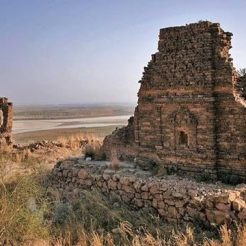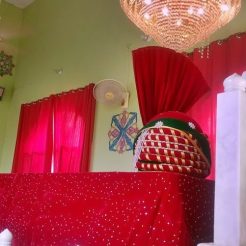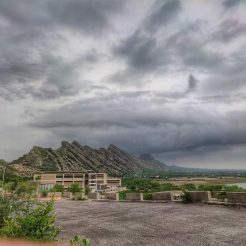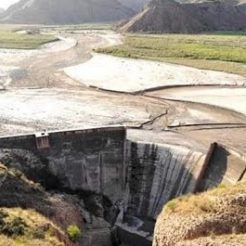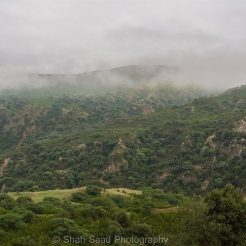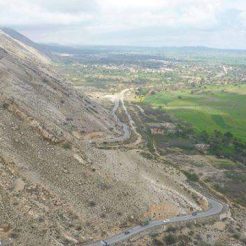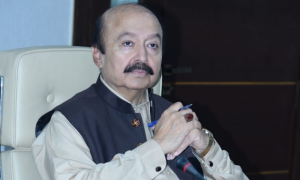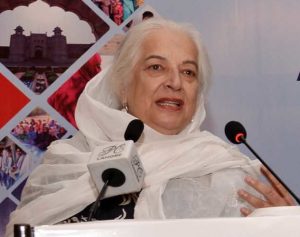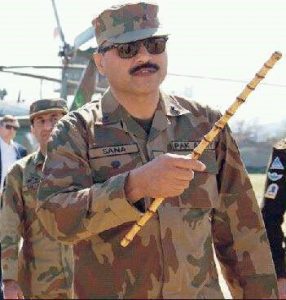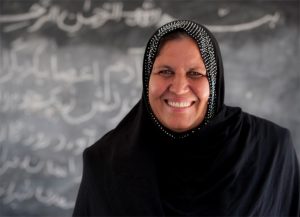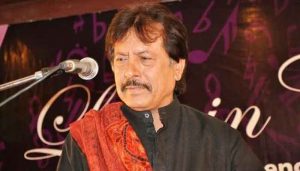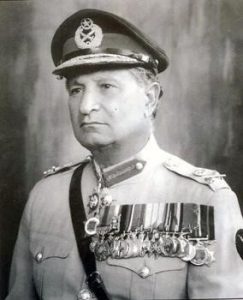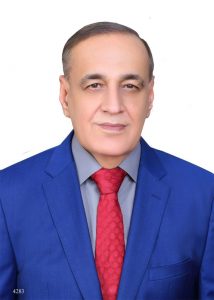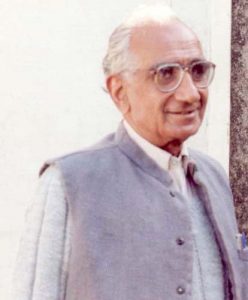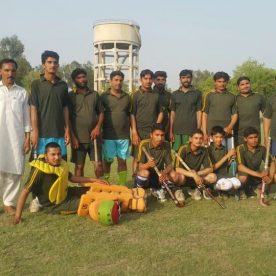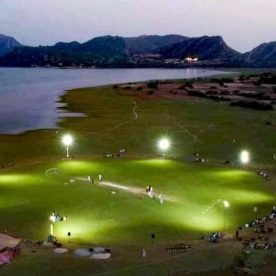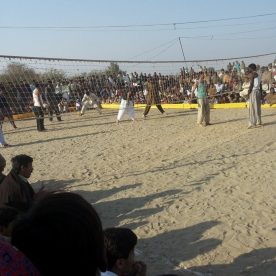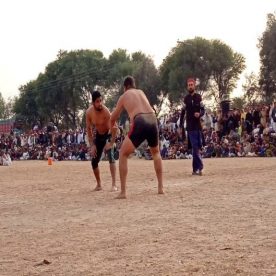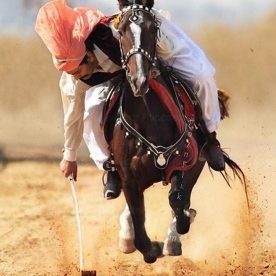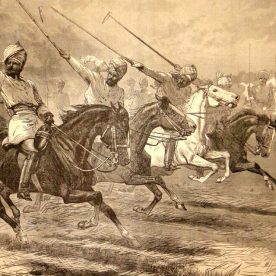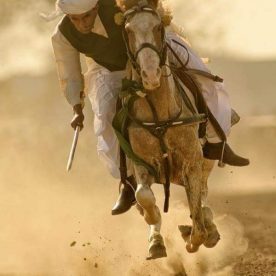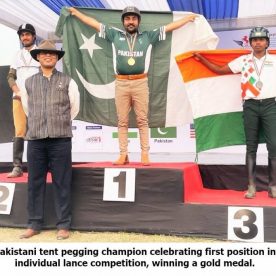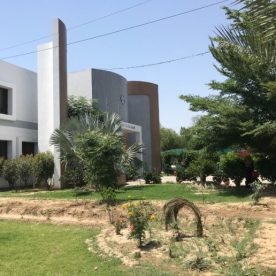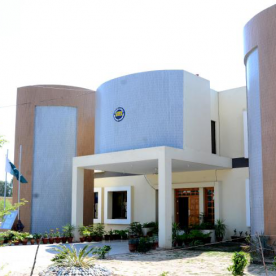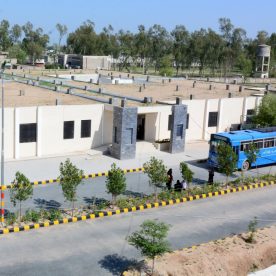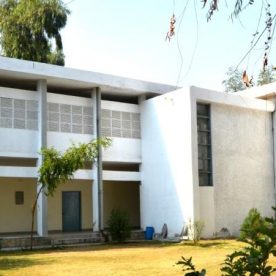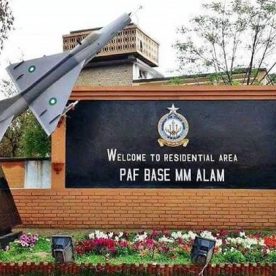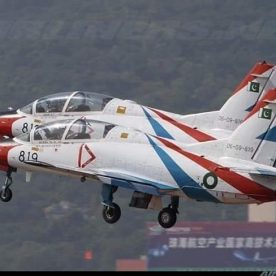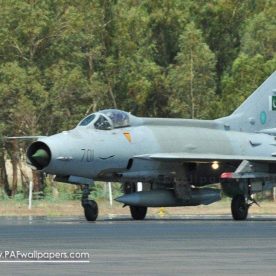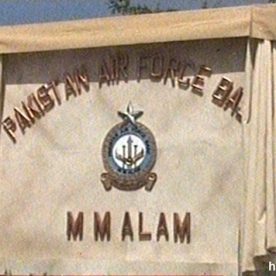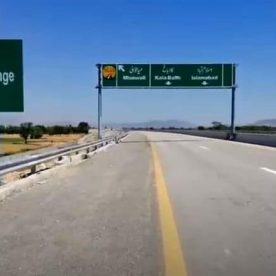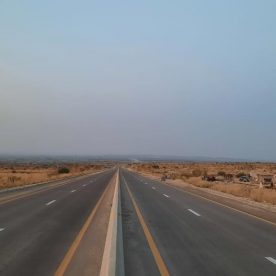























MIANWALI
Mianwali is a historical district of Punjab province, situated in 32.5839 to the north and 72.5370 to the east. It has borders with districts Lakki Marwat in the west, Dera Ismail Khan in South west, districts of Karak and Kohat in the northwest.Attock in North-East, Chakwal and Khushab in East and Bhakkar in South. KPK province is in West-North. The Indus river flows across the district on western outskirt from North to South. The Thal Canal emerges from Jinnah Barrage on river Indus near Kalabagh which irrigate the vast areas. Another canal called Chashma Link Canal connects river Indus with river Jhelum through Chashma Barrage.
District Mianwali is spread over an area of 5,840 square kilometers comprising of three tehsils: namely Mianwali, Isakhel and Piplan.
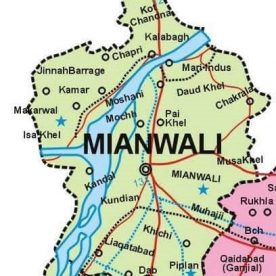
Mianwali Tehsil is an administrative subdivision (tehsil) of Mianwali District in the Punjab province of Pakistan. The tehsil is subdivided into 2 Municipal committees and 26 Union Councils.
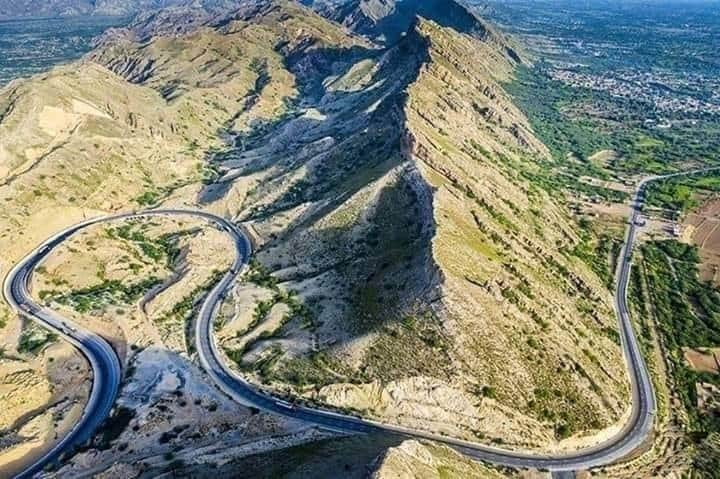
Musa khel
Musa khel is a village and union council of Mianwali district. It is part of tehsil Mianwali. Musa khel is famous for the shrine of Noori Naang Sultan Sahib. Other shrine present in this area is Sir – Kaap Sahib.besides this Musa Khel also carries the most ancient grave yard of Asia.

Chakrala
Chakrala is a village located in Mianwali district. It is concederd as one of the oldest and laregest village of Mianwali. This area has been dominated by awan tribe.

Wan Bhachran
It is a town committee of Mianwali District in Punjab province of Pakistan. It is part of Mianwali Tehsil. The word 'Wan' means 'a well' in the Punjabi language. It refers to the well that is situated in the town made by Sher Shah Suri.
Tehsil Piplan is a small city of Mianwali District. It is almost 52 km from Mianwali city. Its name was given before independence because many Hindus used to live in Piplan and the name of their town was ‘PEEPUL WALA’, later this name was changed into Piplan. Piplan has also been hub of sports, cricket, volley ball, tug of war and wrestling etc.
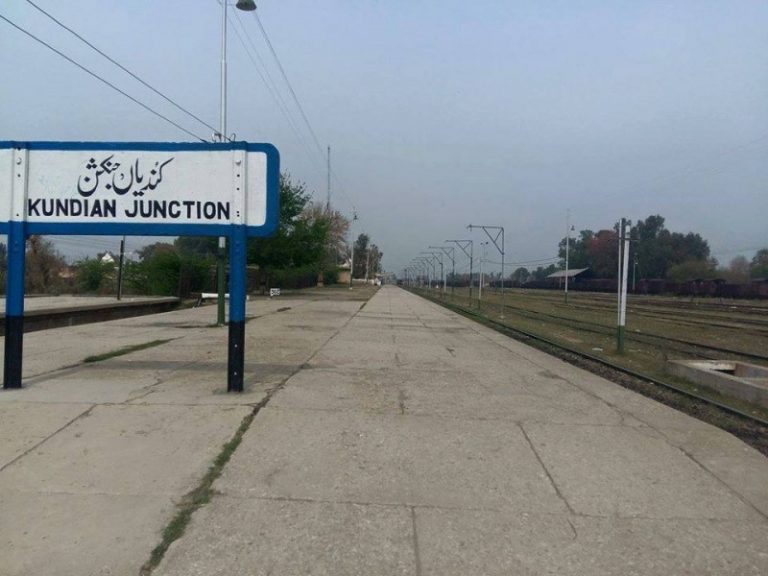
Kundian
Kundian is the second largest city of Mianwali, tehsil Piplan. It is divided in to kundian kacha and kundian paka . It has olded railway station which was built in 1896. More over, now a day this area is attracting tourists due to its natural beauty.
Isa Khel is located in the west of Mianwali district.it is named after (Tarna to Isa Khan) a niazi chief. Until November 1901, Isa khel was the tehsil headquater of Banu but later it annexed with Mianwali.
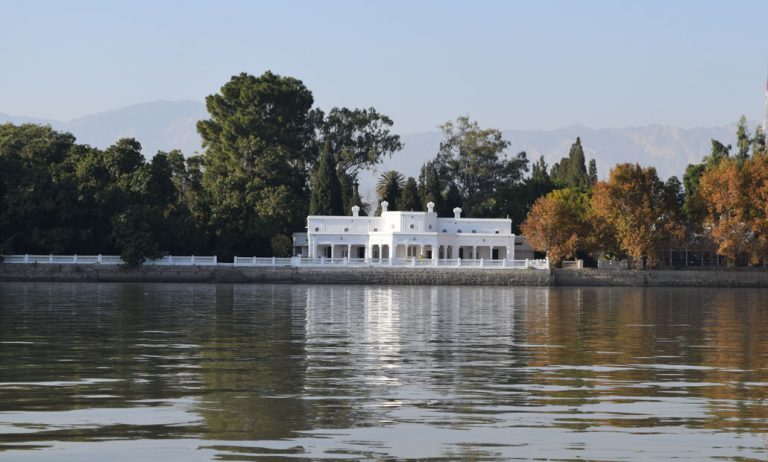
Kalabagh
Kalabagh is town of Mianwali district. It is part of tehsile Isa Khel . Kala mean black and Bagh means graden.this name came because its founders , the Nawab of KalaBagh planted a lot of mango trees,and their dark green leaves looked black to travelers from a far. It is located on rivier Indus.
CLIMATE OF MIANWALI
Mianwali has an extreme climate, with a long, hot summer season and cold, dry winters. June is the hottest month with average temperatures of 50 °C (highest recorded temperature 52 °C); in winter, December and January monthly average temperatures can be as low as 3 to 4 °C. Besides this moon soon season brings rain in this region.
HISTORICAL BACKGROUND
Mianwali District was an agricultural region with thick forests during the Indus valley civilization. The Vedic period is characterized by indo-Aryan culture which spread after invasion from central Asia. In 997 CE, Sultan Mahmud Ghaznavi, took over the Ghaznavid dynasty empire established by his father, Sultan Sebuktegin, in 1005 he conquered the Shahis in Kabul in 1005, and followed by the conquest of Punjab region. The Delhi sultanate and later Mughal Empire ruled this region. This region became predominantly Muslim due to missionary Sufi saints. Later, this area remained a part of Sikh empire.
The District Mianwali was named after Hazarat Syed Mian Ali who founded Mianwali in early 16th Century (Ghakkar Regime). This Holy man was migrated from Baghdad and he is also supposed to be descended from Hazrat Sheikh Abdul Qadir Jillani R.A.His son Hazrat Mian Sultan (R.A) was a spiritual guide of the local peasantry for many years.
He gained ascendency over the Pathan tribes and other local tribes by encouraging them to throw off the yoke of the GHAKKAR .His promises of success were fulfilled and Ghakkar were driven out of the area. Hazrat Mian Sultan Zakiyra was credited with having possessed Miracles Gifts from Allah Almighty. He belonged to, Hazrat Sheikh Abdul Qadir Jillani in relation with Hazrat Imam Hassan A S. As in the past Mianwali was the part of NWFP and The title “Mian”was given to the pious people of NWFP present (KPK), so all tribes of Mianwali decided to declear “Mian”as the title name of this family. Syed Mian Sultan Zikriya Shah Gillani Al -Qadri-Al-Hassni(RA) succeded his son Mian Ali Muhammad. After him the sons of Mian Ali Muhammad (Hazrat Mian chiragh Ali, Hazrat Mian Muraad ali Al maroof Hazrat Muraad Wand, Hazrat Mian Ghoas Ali,were the grandsons of Hazrat Sultan Zikriya . They were in power by early 19th century in this region. They possess great influence socially, politically and spiritually off course. The Mian family still in Mianwali has good repute and honored by all people of this area for traditional sanctity.
In November 1901 the North-west Frontier province was carved out of Punjab and the Tehsil Mianwali separated from Bannu District (Banuu became part of NWFP-KPK) whereas Mianwali got the status of district and placed in Punjab.
The district resembled, more or less, a human bust, before it gave birth to a daughter larger than itself in 1982 when Bhakkar Tehsil was removed from Mianwali and became a separate district of Sargodha Division. The remaining district now looks like a human head, focusing east-wards Isakhel tehsil forms the back of the head, Bhangi khel area projecting at the top like a crest, and the Sakesar hills forming a sharp nose. The district can be divided into two parts, a hilly terrain in the north, south-west and north-east, and firm clay plain falling in the front of Salt Ranges and the Dhuk hills, Khattak and Niazi hills in the north-west and the Salt Ranges in the south-east.
Bhangikhel hills are situated at the extreme north of the district all along the Indus and Khattak hills of Kohat. The area is covered by the steep hills, deep ravines and small nullahs and streams. Cultivation is possible only on the hilly slopes, flattened hill tops and along the beds of the hill torrents. At the base, the hills bifurcate, one range, known as Maidani or Khattak Niazi, going round the north and west of Isakhel tehsil in the form of the bow, until it all but touches a prolongation of the Khesore and Paniala hills of Dera Ismail Khan district at Dara Tang which is a small pass cut out by the water of the Kurram river.
The Khesore hills stretch all along the southern most limit of the district. The other range cut off from the base by the narrow stream near Kalabagh, shoots south-east through Mianwali tehsil and is linked with the Salt Range proper at Sakesar. The Sakesar hills, a holiday resort of today, and the summer headquarters of the district of yore, is quite green and fairly cool.
Its highest peak is about 1,521 meters high. The area lying to the north-east of these hills is known as Khudri. It consists of rough ground, rugged hillocks, intersected by ravines and hill-torrents. The tract between these range and Khattak Niazi is a regular valley encircled by hills.
The central and southern plain area consists of cultivated tract between the river Indus and its high banks and sandy deserts as Thal. The Thal plain starts south of Sakesar hills and extends across the southern limit of the district. It was an area, notorious for scanty rain fall and devoid trees and vegetations, but due to the vigorous efforts of the new settlers as well as the local population, it looks green where ever the canal channels carry water. The area slopes seedily from north to south, enabling the canal water to flow down conveniently.
FOLLOWINGS ARE THE MAJOR TRIBES OF MIANWALI:
Niazi, Awan, Pathan, Syed and Qureshi, Juttt, Khattak,Baloch
Niazi is a major Pashtun tribe, a tribe of the Ghilzai Pashtuns of Afghanistan and Pakistan. The word Niazi is derived from Niazai, like the other forms of Pashtun tribes, such as Yusafzai and Orakzai. In the Pashtun tribal hierarchy Niazi is one of the most respected tribe. In Mianwali Niazi is major tribe settled over here in all areas of Mianwali as well in other cities of Pakistan. People of Mianwali speak Saraiki, Pashto and Punjabi languages. Mianwali is claimed to be an integral part of Saraiki Speaking belt by the Saraiki language activists, Punjabi –Saraiki division seems to hold a little influence on common people in this district.
People of Mianwali district are happy amalgamation of several tribes, all of them forming a pretty pattern like a lovely garden. The prominent features of these tribes are that they have been living in perfect equanimity and composure and no ethnic disturbance of any kind has taken place in the district.
FAMOUS PERSONALITIES OF MIANWALI
There are about 260 large, medium and small scale industrial units in this district. The important industrial units functioning in the district are; Fertilizer, Cement factory, Drugs and Pharmaceutical (Antibiotics), Chemical Manufacturing Units, Flour Mills, Oil Mills, Cotton Ginning and Pressing, Power Generation. Following are the major industrial units working in Mianwali.

Agritech
Agritech; formerly Pak-American Fertilizer is a fertilizer manufacturing and marketing unit; an important player in local fertilizer market. It is located in district Mianwali of Punjab province in Pakistan. Its location is strategically important from marketing point of view. It was the first fertilizers plant build by GOP through PIDC way back in 1955/56. The plant was Ammonia/Ammonium sulfate based on the local coal and gypsum. Later on it was transferred to NFC. In 1972 on availability of natural gas in area the coal gasification process was abandoned. NFC planned its expansion and a new state of the art Ammonia/Urea complex was erected in 1999 based on Toyo Japan technology. Plant name pate capacities were 600/1050 MTPD Ammonia/Urea. Under the disinvestment policy it was privatized and purchased by a leading textile group of Pakistan Azgard9 in July 2006. Company planned expansion to 1400 MTPD urea which was carried out by Jan 2011. The Urea plant process was changed from Toyo to Stamicarbon. Major portion of production is sold in 150-200 kilometers radius thus giving clear advantage over the competitors. Also it is the closest plant to fertilizer consuming areas of Khyber Pakhtunkhwa Province. The main business of the company is the manufacturing and marketing of fertilizers. The company owns and operates the country’s newest and most efficient urea manufacturing plant.
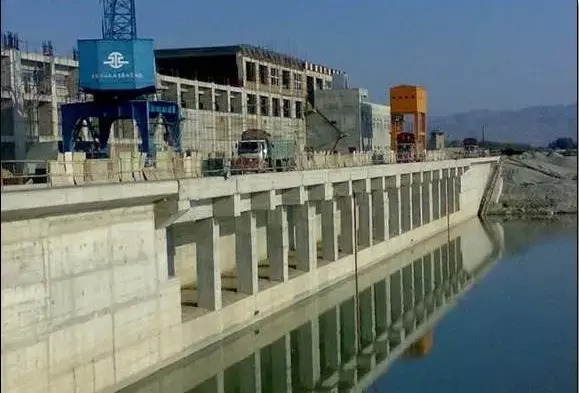
Jinnah Hydro Power Plant
Jinnah Barrage is located on the Indus River approximately 5 Km downstream of town of Kalabagh in District of Mianwali. The barrage was constructed in 1945 as a component of the Thal Irrigation Project. JHPP was designed to generate 96 MW of power under a head of 4.7 m utilizing discharge of 2800 m3/ sec. The project produces annually 688 million KWh of energy. The project is currently active. It has been developed in single phase. The project construction commenced in 2006 and subsequently entered into commercial operation in 2012.
The project was developed by China Gezhouba Group and Pakistan Water and Power Development Authority. The project is currently owned by Pakistan Water and Power Development Authority. Jinnah is a run-of-river project. The gross head of the project is 4.88m. The project generated 688 GWH of electricity. A contract agreement was signed with M/s Dong Fang Electric Corporation (DEC), China for implementation of the project at a project cost of US$ 128 millions.

Maple Leaf Cement Factory Limited
Agritech; formerly Pak-American Fertilizer is a fertilizer manufacturing and marketing unit; an important player in local fertilizer market. It is located in district Mianwali of Punjab province in Pakistan. Its location is strategically important from marketing point of view. It was the first fertilizers plant build by GOP through PIDC way back in 1955/56. The plant was Ammonia/Ammonium sulfate based on the local coal and gypsum. Later on it was transferred to NFC. In 1972 on availability of natural gas in area the coal gasification process was abandoned. NFC planned its expansion and a new state of the art Ammonia/Urea complex was erected in 1999 based on Toyo Japan technology. Plant name pate capacities were 600/1050 MTPD Ammonia/Urea. Under the disinvestment policy it was privatized and purchased by a leading textile group of Pakistan Azgard9 in July 2006. Company planned expansion to 1400 MTPD urea which was carried out by Jan 2011. The Urea plant process was changed from Toyo to Stamicarbon. Major portion of production is sold in 150-200 kilometers radius thus giving clear advantage over the competitors. Also it is the closest plant to fertilizer consuming areas of Khyber Pakhtunkhwa Province. The main business of the company is the manufacturing and marketing of fertilizers. The company owns and operates the country’s newest and most efficient urea manufacturing plant. Kohinoor acquired the ownership and management of Maple Leaf Cement under the privatization policy of the government of Pakistan in 1992. At the time of privatization in 1992, the capacity of Maple Leaf to produce Ordinary Portland Cement (OPC) was 1000 tons per day (tpd). A second plant of 4000 tpd was commissioned in 1998 and a third plant of 6700 tpd came into production in 2006. It increased the total capacity to 11,700 tpd. The capacity of White Cement has also increased from 100 tpd to 500tpd with the addition of a new plant. This plant also has provisions for doubling the capacity to 1000tpd. Presently Maple Leaf cement has 9% of the market share of OPC and is a leading brand in Pakistan with a diverse customer base. It is also the largest producer of White Cement in the country with 80% of market share.

Chashma Nuclear Power Plant
The Chashma Nuclear Power Plant (or CHASNUPP), is a large commercial nuclear power plant located in the vicinities of Chashma colony and Kundian in Punjab in Pakistan. The nuclear power plant is generating energy for industrial usage with four nuclear reactors with one being in planning phase in cooperation with China. The power site is covered under the International Atomic Energy Agency (IAEA) monitoring and safeguards which also provide funding for the site expansion. Planning of the Chashma Nuclear Power Plant took place with France in 1973 but the site was completed with China’s joining the project, and later providing the reactor in 1993. In 2000, the Chashma Nuclear Power Plant became operational when it joined the nation’s grid system with China National Nuclear Corporation overseeing the grid connections of the power plant
Supported by the International Atomic Energy (IAEA) and Department of Energy of United States, China agreed to supply the commercial nuclear power plants to address the Pakistan’s urgency of energy needs, which is expected to grow seven to eight times by 2030.
NPGS hosts four nuclear power plants. These plants are based on Chinese Pressurized Water Reactor (PWR) technology. CNPGS Unit 1 (C-1) and Unit-2 (C-2) have a gross capacity of 325 MW each. C-1 started operation in 2000, while C-2 in 2011. CNPGS Unit 3 (C-3) and Unit-4 (C-4) both with gross capacity of 340 MW each started commercial operation in 2016 & 2017, respectively. All four nuclear plants at Chashma are under IAEA safeguards.

Roads
The District is served by the following highways and Arterial Roads:- Lahore-Sargodha-Mianwali-Bannu Road. Mianwali-Muzaffargarh –Multan Road-R.U.Cross Khan War-Mankera Hyderabad-Cross, Mianwali-Talagang-Rawalpindi-Peshawar Road, Bhakkar-Jhang-Faisalabad-Lahore, Mianwali-DI Khan Road

Railways
The district is served by the following railways lines. Rawalpindi- Golra Sharif- Taxila Cantt- Hassan Abdal- Attock City- Basal-Mianwali- Kundian Jn-Bhakkar-Liyah-Muzfargarh-Multan Route and Mari Indus- Mianwali- Kundian- Khushab- Sargodha- Chiniot- Sangla Hil- Qila Sheikhupura- Shahdara Bagh- Lahore Jn
Main Crops
Wheat
Sugar Cane
Gram
Guar Seed
Cotton
Other Crops
Rice
Ground Nut
Moong
Mash
Masoor
TOURISM IN MIANWALI
Now a day’s Tourism is getting attention worldwide, because it is the source of generating revenue. Mianwali district is also one of the best places for tourism. Heavy amount of revenue can be generated if we utilize this place in proper way. It is very beautiful area in terms of travel and tourism where people can go for picnic can enjoy hiking. Besides this, boating and fishing are also getting attention now days at Namal lake, Chashma Lake and Kalabagh etc. Followings are the major picnic spots of Mianwali:
Kalabagh
Kalabagh is located in the north of Mianwali city. It is famous for Residence of Nawab of Kalabagh. Besides this, one can enjoy natural scenes there. A well- constructed traditional residential bungalows of Nawab of KalaBagh on the shores with a view of Bohr Banglow and serenity that refreshes body and soul. This whole city is located on Salt range, on the bank of river Indus. Kalabagh is also famous for tasty foods. . Shahab Guest house and Al Basit hotel (KalaBagh) are well known for comfortable and peaceful residence and rich in taste of food.
Chashma
Chashma Lake, adjacent to the Chashma Barrage on the Indus River, is another healthier picnic point, where people come to spend their time. The beauty of these places is appreciated and admired all over the world. Green lagoon restaurant (Chashma Lake) for comfortable and peaceful residence and rich in taste of food.
Namal Lake
Namal lake is considered as one of the best tourism place in Mianwali. It is located near Namal College Mianwali. This place is famous for boating and fishing. However, in recent years, significant steps are taken to promote tourism in the area, including the construction of a National Park in the Salt Range.
Restaurants
In Mianwali Green lagoon restaurant (Chashma Lake) ‘Royal inn and shehzad hotel (Mianwali city), Mianwali’s tourism industry is expected to grow significantly in the future, which will further boost the city’s fame and popularity.

Mianwali district is also famous for its traditional cuisine where you will find the taste and aroma of both Punjab and Khair Pakhtunkhwa. There are many dishes to be found here which are loved all over the world. Kala Bagh Halwa is one of them. Besides this Katwa, Wheat, Gram, Millet, Bajra, Barley Grains, Murunda are favourte dishes of Mianwali. Along with this, the taste of Indus river fish is loved all over the world. It is widely exported to various countries.

The Muslim culture prevails all over the district. Eid -ul-Fitr is celebrated most pompously. Sivanyyan and Halwa, a peculiar kind, called ‘Dodhiwala Halwa’ celebrates the occasion. Muharam, Ramzan and Bakar-Eid are observed with due solemnity.
Dressing
The natives are gracefully dressed. Although a few elderly gents and ladies still put on Chola(long shirt) and Manjhla (lower) and Patks a (turban), the greater majority has taken to the Shalwar-Qameez. The head-gear has disappeared altogether although Dhoti, (in winter) and Traditional Ajrak over the shoulder are still very much in vogue. Khairee(shoes) made of Tilla (called as Tillay walee khairee ) is very popular over here.

Marriages
The marriage is an occasion of great festivity. The date is fixed a good fortnight and sometimes even a month before the actual wedding takes place. In the villages the invitation (called gandh) is sent through the local ‘Mirasi’ or ‘Nai’ but in the towns very costly invitation cards are distributed. The marriage procession now-a-days goes on cars and buses and even when the distance between the two parties is not more than few steps, the bride would be carried in a car. Nikkah is performed at the bride’s house.

Births
The rejoicing are generally greater in case of birth of a male child than in case of female child. After the birth of a child the Mullah is called to the house who recites Azan into the ear of the infant. The new born baby is given some honey which is generally done by an elder member of the family. According to popular belief the child acquires the same habits as the person administering him the dose which is known as Ghutti.

Fairs and Urses
The fairs and Urs are held at several places in the district. The Annual Horse and Cattle Show held in February in the District Council Stadium every year is attended by hundreds of thousands of people and is an occasion of great jubilation and gratitude.

Sports are very important for healthy life. Almost all types of games are played in Mianwali . It includes cricket, hockey, volley ball, foot ball, Kabbadi (Wrestling) and Tent Pegging. Due to this Mianwali city has produced several Olympians. The games that have become recently extremely popular are cricket and tent pegging. Scores of clubs are patronizing this game. Ex Captain of Pakistani team, Imran Khan, and batsman Misbah-ul-Haq, Shadab Khan is the witness of cricket in Mianwali. Now a day’s tent pegging is also on full swing .Many tent pegging events have been organized in Mianwali.
Tent pegging (sometimes spelled tent-pegging) is a cavalry sport of ancient origin, and is one of only ten equestrian disciplines officially recognized by the International Equestrian Federation. Cavaliers have practiced the specific game of tent pegging since at least the 4th century BC, Eurasian empires, spanning Asia and Europe, spread the game around the world. The competitive sport evolved out of cavalry training exercises designed to develop cavaliers’ prowess with the sword and lance from horseback.
Today, tent pegging is practiced around the world but is especially popular in Australia, India, Israel, Oman, Pakistan, South Africa, and the United Kingdom. The Olympic Council of Asia included tent pegging as an official sport in 1982, and the International Federation for Equestrian Sports recognized it as an official equestrian discipline in 2004. In Pakistan tent pegging is known as NezaBazi as well. It is played in Punjab, Khyber Pakhtunkhwa and some parts of Sindh and Baluchistan; it is the unofficial provincial sport of Baluchistan, Pakistan. The first and the inaugural Tent Pegging World Cup were organized by the Oman Equestrian Federation (OEF) at Al Rahba Farm, Barka, Oman from March 31 to April 4, 2014. In Pakistan, it is duty of high officials to support tent pegging at local and international level. Many locals’ events should be organized to test the players’. Due to this the name of Pakistan would be brighten in tent pegging.
EDUCATION
Mianwali is considered as a best place for education. There are many renowned (Private& Public) institutes in Mianwali that are helping in development of the nation. Currently there are number of first grade English medium private schools and colleges like: The City School Mianwali campus, Police Public School Mianwali and Al Suffa College etc.
There are eighteen government colleges (two main post graduate colleges and sixteen associate colleges) running in the district. Six more government colleges are under construction. Furthermore Pakistan Air Force College (Abdul Razzaq Fazaia College) and Cadet College Esa Khel are also serving here.

Universty of Mianwali- UMW
Mianwali is considered as a best place for education. There are many renowned (Private& Public) institutes in Mianwali that are helping in development of the nation. Currently there are number of first grade English medium private schools and colleges like: The City School Mianwali campus, Police Public School Mianwali and Al Suffa College etc.
There are eighteen government colleges (two main post graduate colleges and sixteen associate colleges) running in the district. Six more government colleges are under construction. Furthermore Pakistan Air Force College (Abdul Razzaq Fazaia College) and Cadet College Esa Khel are also serving here.
Mianwali is ornamented with another private university Namal University Mianwali which is also taking part in educating our youth. As a whole Mianwali is playing a vital role in the field of education and many more educational plans are under process.
Mianwali District claims a unique recognition to have a large number of young men, serving in armed forces. This is not the story of a day or two but of decades that the brave sons of Mianwali have laid down their lives in various encounters to keep the national integrity up.
(IATA: MWD, ICAO: OPMI) is a Pakistan Air Force airbase located at Mianwali, in the Punjab province of Pakistan. The base is named after Muhammad Mahmood Alam. The airbase became operational in October 1971 and was first commanded by Group Captain. The airbase was again upgraded to a permanent operational airbase in August 1974. The first base commander was Wing Commander Sultan Muhammad. The airbase was renamed as “PAF Base M.M. Alam” on 20 March 2014 after the 1965 war veteran Muhammad Mahmood Alam. We people are fortunate to have such a motivational place for our youngsters in our city. The hoisting green flags in various graveyards across the district, from soldiers to Major General the martyrs of Mianwali are lying down in their graves with an eternal grace.
Despite being considered among the backward areas of the country, Mianwali District seems to be emerging differently in near future on some certain reasons.
CPEC is going to make the real difference in the years to come. On one hand, the distances have got shortened with various areas including the Capital, Islamabad. In the current situation, the fate of Mianwali district will change as Mianwali is now only one hour and thirty minutes away from Islamabad via CPEC route. That is, it has now become the left arm of the federal capital. The bridge on the mighty Indus River to lie ahead of Mochh will get Mianwali connected to KPK which is going to be very vital in upgrading various aspects of life in this part of the world.
Thanks to the CPEC route, the district is directly connected to the port of Gwadar, which will become an industrial hub, open to the world and play an important role in the economic development of the country.
Since education changes the destiny of Nations, we can see a silver lining in the dark clouds of deprivation, prevailing here for decades. But this very situation is going to be countered with the cluster of schools, colleges and the University of Mianwali.
The competition among the Institutions will finally result into producing a healthy environment to excel over one another which is the sure way to promote a genuine culture of education.
A couple of Sports Complex, Parks with jogging tracks feel to be spreading fragrance of a pleasant change. To cut it short, Mianwali District is quickly approaching towards the destination that will not only upgrade the quality of life but also the general perception of public too.
No Copyrights reserved- All data and images are collected from the web.
For suggestions & updates
irfankhan@umw.com

